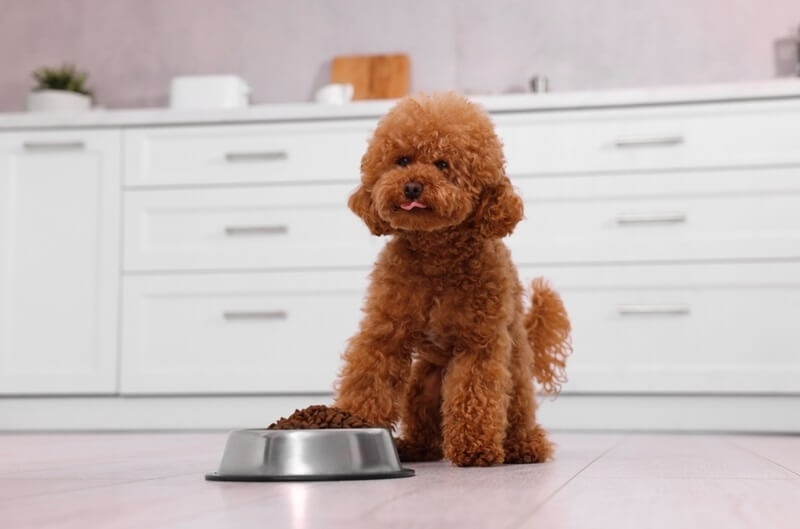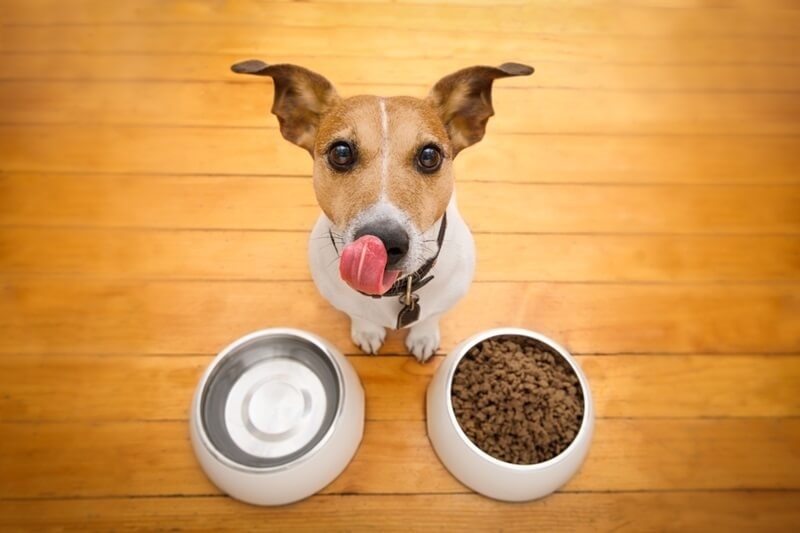
Dogs are not just pets; they're family. For that reason, the right food is important. Owners increasingly wonder about grain-free dog food advantages, particularly when grain-free vs normal dog food is compared. As this diet trend is popular, some pet owners also want to know a free diet for dogs. From vet-approved grain-free dog food choices to budget-friendly options and even grain-free puppy food choices, it's so important to get the whole picture prior to making the switch.
This comprehensive review delves into all you'll want to know, revealing both the positives and the considerations so you can make the most informed decision for your dog's health and well-being.

The main draw of grain-free dog food is that it does away with the ubiquitous grains wheat, corn, and soy. Pet owners note that their dogs experience significant gains in digestion, energy, and coat. But the benefits of grain-free dog food extend beyond the avoidance of grains—they can be a lifesaver for dogs with allergies or sensitive guts.
Grain-free dog food advantages make pet owners notice significant improvements in their dog's overall energy and comfort.
When evaluating grain-free vs regular dog food, ingredients are the best place to start. Regular dog food generally employs grains such as corn, wheat, and barley as carbohydrates. Grain-free formulas substitute these with ingredients like peas, lentils, and sweet potatoes.
This comparison illuminates: grain-free dog food is advantageous for some dogs, particularly sensitive ones, but regular dog food might be just fine for others.
While some dogs love grain-free diets, it's wise to speak about the risks that can happen in dogs. Recently, there has been controversy surrounding some grain-free foods and an increase in heart disease, such as dilated cardiomyopathy (DCM). Although studies are ongoing, the risk should not be ignored.
A consultation with your veterinarian prior to dietary change is recommended. A veterinarian can recommend vet-approved grain-free products that can be a balanced and safe option.
If, after consulting with your veterinarian, it is determined that your dog would benefit from a grain-free diet, it is important to pick the right food. Veterinary-approved grain-free diets will likely have undergone stricter testing and quality controls than generic styles.
Keep in mind that the benefits of grain-free dog food are most trustworthy when the food is well-made and specific to your dog's size, age, and activity level.
Puppies require special diets, and not all grain-free foods are safe. But some grain-free puppy food choices are formulated to promote growth, brain health, and strong bones.
If you are a pet parent who prefers your pup's food to be grain-free, you should look for brands that follow the AAFCO standards for puppy food to avoid deficiencies throughout the growth stages.
When shopping grain-free, a misconception is that grain-free always costs more. Some of the higher-end brands are expensive, but a ton of budget-friendly grain-free brands offer sound nutrition just the same.
Affordable grain-free brands ensure that pet owners don’t have to compromise their budget to provide the grain-free dog food benefits they want for their dogs.
Not every dog requires grain-free food, but some clear signs may indicate that it’s worth considering.
In these situations, a change to a diet that focuses on the advantages of grain-free dog food can yield tangible improvements.
Changing foods quickly will upset your dog's stomach. Always transition slowly to avoid any complications.
Be cautious, and let your dog experience the benefits of grain-free dog food without causing undue stress to the digestive system.
Determining the most effective grain-free dog food must begin with your dog’s age, activity level, and healthcare needs. Focus on protein quality, balanced nutrients, and science-backed vet-recommended grain-free dog food. Some affordable grain-free brands can also help achieve quality grain-free dog food without emptying your pockets, allowing you to benefit from grain-free dog food safely.
For most dogs, the benefits of grain-free dog food are hard to ignore, offering easier digestion, healthier skin, healthier coats, and more energy. However, there is a need for pet owners also to balance considerations of the issues, including the risks of grain-free diets that dogs could experience as a result of them. Being advised by your vet ensures you are making the best choice, whether it is vet-approved grain-free dog food, researching grain-free puppy food recommendations, or locating lower-cost grain-free dog food brands that also hold quality attributes.
By knowing your dog and observing your dog's needs, you can provide the highest quality nutrition possible for your dog--allowing them to live a long, healthy, and happy life. Grain-free
This content was created by AI